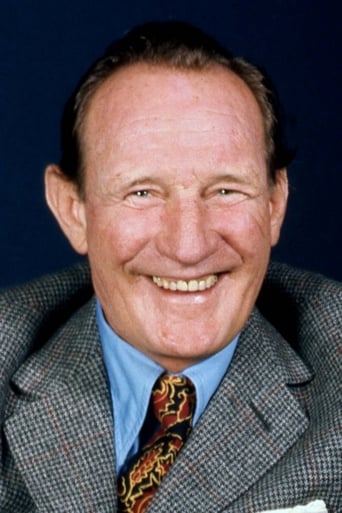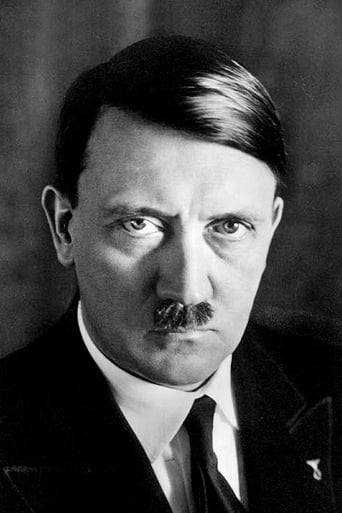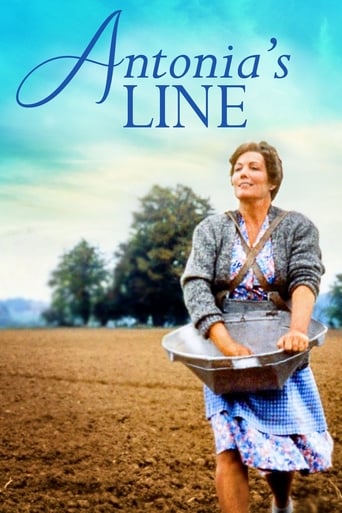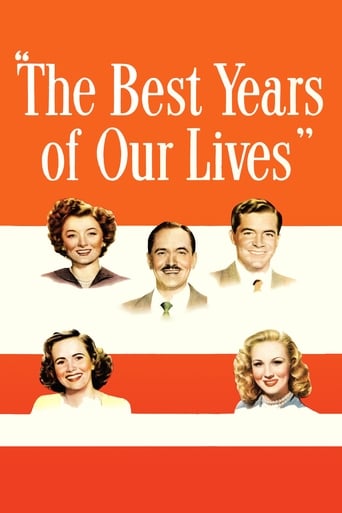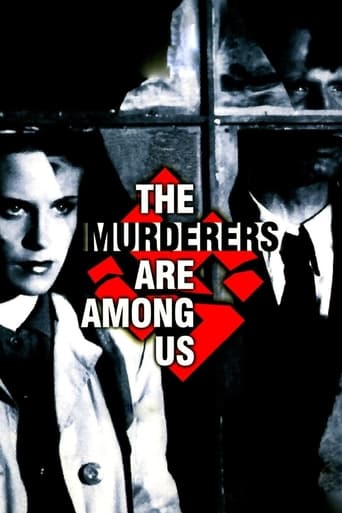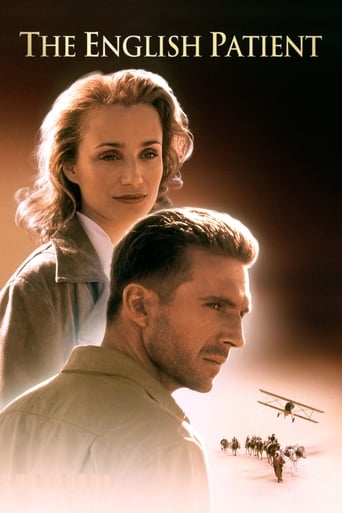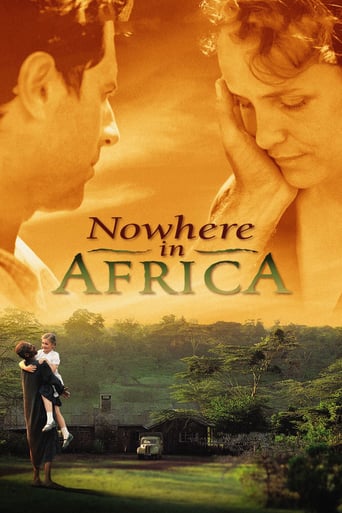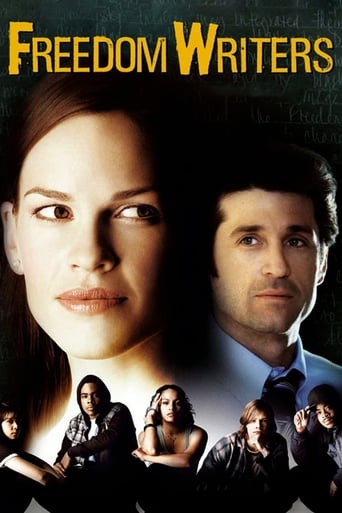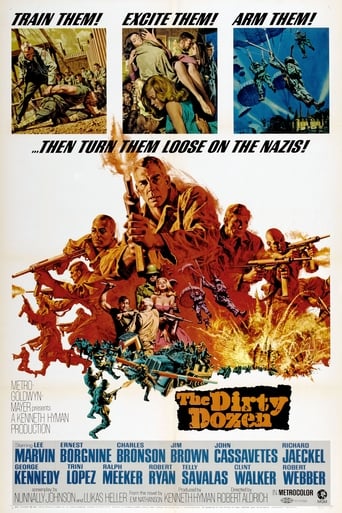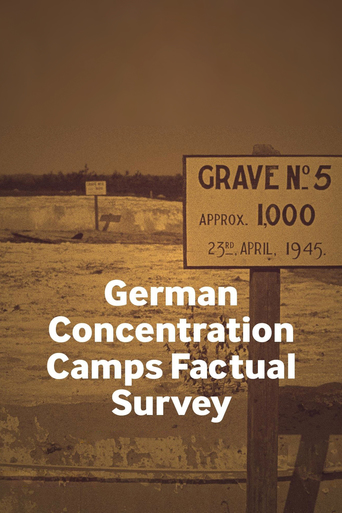
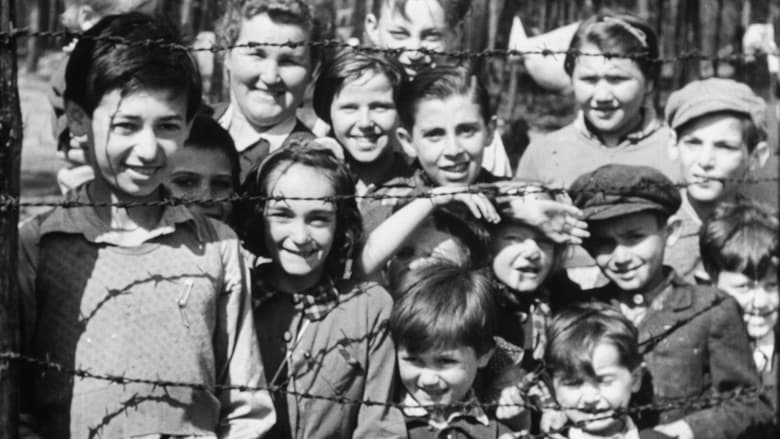
German Concentration Camps Factual Survey (2017)
On the 29th September 1945, the incomplete rough cut of a brilliant documentary about concentration camps was viewed at the MOI in London. For five months, Sidney Bernstein had led a small team – which included Stewart McAllister, Richard Crossman and Alfred Hitchcock – to complete the film from hours of shocking footage. Unfortunately, this ambitious Allied project to create a feature-length visual report that would damn the Nazi regime and shame the German people into acceptance of Allied occupation had missed its moment. Even in its incomplete form (available since 1984) the film was immensely powerful, generating an awed hush among audiences. But now, complete to six reels, this faithfully restored and definitive version produced by IWM, is being compared with Alain Resnais’ Night and Fog (1955).
Watch Trailer
Cast


Similar titles
Reviews
That was an excellent one.
Thanks for the memories!
Best movie ever!
This is one of the few movies I've ever seen where the whole audience broke into spontaneous, loud applause a third of the way in.
70 years on and not a day goes past that I do not give a thought for the horror and sheer misery the individuals ripped from their lives and thrown into the hell that was the concentration camps. How did this happen? The images shown in this documentary should be shown to every child in every school across the globe. This way something like this might never happen again. Sadly I feel that this is nothing short of a pipe dream as we humans have a tenancy to forget history to attempt to make new history which inevitably makes the past look like child's play. For all humans sake inhumane treatment of our fellow man should never be this barbaric ever again. My thoughts are that the quote that by gods grace we will learn is nothing more than lip service as a species domination is all some want and strive for. Those of us who strive for peace and fairness for all need to always aware for the next maniacal leader capable of such horror and end their reign before it gets started.
I came into the film, knowing what to expect, primarily because I have read Primo Levi's novel 'Se questo è un uomo' (1947), in essence a work with the same spirit as this documentary; trying to be lasting proof of the atrocities.Being mentally prepared beforehand did not make this any easier to watch, it only made it bearable to sit through in its entirety. It is in this realistic style of filming that the film derives its effectiveness and fulfills its goal; it did not invoke any anger (save for the SS-officers handling the bodies of the victims in a most desensitised and inhumane way possible), only realisation of the scope and the way it happened.There is no propaganda, no sensationalism, but also no abstention or negligence. The facts spoken off in the documentary may not be accurate, they do not represent the primary point; the extent of the inhumanity brought forth of the abstraction and rationality of the Nazi-regime. When humans reduce others to mere objects, this is what they are capable of doing, and this we better not forget.
This is the first time that I can recall that I have ever looked consciously upon the naked or the dead; when such sights are broadcast as news or entertainment, I've always felt that decency forbids us to look too closely. Bodies of strangers deserve some respect.But here, decency itself obliges us to override that skittering reaction and to bear witness to these unknown thousands and what was done to them -- to the flopping bodies and their pitiful appendages, the calcined corpses that failed to burn and the slack-jawed eyeless masks that are not latex monsters from TV horror shows but people... what becomes of people when they are starved and killed and stripped even of their rags and left to rot. And like the German neighbours who were brought to the camps to see just what had been done in their name, we have no right to look away because it is improper or uncomfortable.Ironic, since this film was abandoned simply because its message had become both uncomfortable and impolitic. Showings of earlier shock footage to German civilians provoked flat disbelief and had 'unsettled' communities; by the time the slow process of constructing a full-length documentary film in measured and accurate tones had reached its final reel, official policy had moved on from implicating all Germans in culpability of the crimes that had been committed to attempting to reconstruct a country that could be an eventual ally in the nascent Cold War. And Jewish agitation in the Holy Land made it unwise to release footage of concentration camp survivors being nursed back to health from their sufferings, when large numbers of them were then ending up in Palestine.So the picture that was to have provided a factual record of what was then known about the Nazi concentration camp atrocities was quietly shelved and eventually abandoned. It remains very much a period piece, instantly recognisable as the product of the masterly British documentary movement of its day: understated and dispassionate, flavoured with irony rather than rhetoric, condemning by unemotional fact and asking the implicit question -- how would we have acted, had we been in the shoes of those happy, healthy German girls smiling self-consciously for the camera at Belsen or Ebensee, aware in a general fashion that undesirables were being shipped in to perform hard labour for the good of the nation and not troubling ourselves to enquire too closely as to how this was done...? The film makes a point of illustrating how close these camps were to major towns and cities, and how normal life seemed to the approaching soldiers outside -- save, the commentary remarks quietly, for the smell.Given the circumstances of the revelations under which it was made, the script actually displays a notable lack of polemic: the facts stand for themselves (although the Imperial War Museum presenter at our screening noted that some of the statistics quoted are now known to be wrong). Despite its original conception as a document to educate the defeated German people, it shows a significant lack of newsreel national stridency: the condemnation is of how bystanders could have failed to rise up "to defend the good name of Germany" despite the likely consequences, and the hope at the end is that Germans will mend what Germans have broken. The moral drawn at the end is for the whole of humanity.This is not a triumphalist film made by the victors (and one can see why there was a lobby who wanted the raw footage taken away from the Ministry of Information and used for precisely that purpose!) It's an attempt at showing what unspeakable things can occur on a routine, normalising basis along a long slope of acceptance and dehumanisation -- and a warning. It would be nice to think that if it had been released as planned, various modern-day atrocities might not take place... but while the Nazi industrialisation of death remains unique in its insane scope (what did they think they were they going to *do* with all those pairs of scissors, stored up and unused? with the toys of Jewish children, or the sorted sacks of hair?) human nature has not changed in its ability to ignore the uncomfortable where it suits us to do so.This is a film conducted with a restraint that speaks volumes. It's also one that does not flinch from the depiction of the unspeakable. And yet in addition it does its best to re-humanise those who were imprisoned for extermination -- to show the recovery process of those who lived in addition to the discarded stacks of those who died, and to show the photographs, suitcase destinations (these were men and women who travelled to tourist hotels that would have been known to pre-war British travellers) and the toys of those whose very bodies have been obliterated.Sometimes we must bear witness to remember that these were people and not just statistics to be argued about in some blame-game. I was reluctant to watch this film not because I anticipated unknown obscenities (I think in Britain we've all 'done the Nazis' at school, with graphic photos) but because it felt like welcoming a potential ghoulish thrill, a tasteless parade of horrors to send a chill up the spine at a safe distance.But there are some things that should be seen and heeded.
This is the most disturbing film I never finished watching. The endless sequences of starved dead humans being dragged into huge piles of dead human mess is all the more horrifying when your brain knows from the start this is not Hollywood drama but the real deal.Also, the way things are described, the terms used, and the portrayal of the German people are made in a way that gave me a new perspective on the whole nature of the Allied/Nazi rhetoric modern works can't dare to try without raising eyebrows all around. It's harsh language, directed at people they saw as monsters for years.I think this is a precious piece of film. Hard to describe, for reasons anyone who dares watch it will find obvious.


